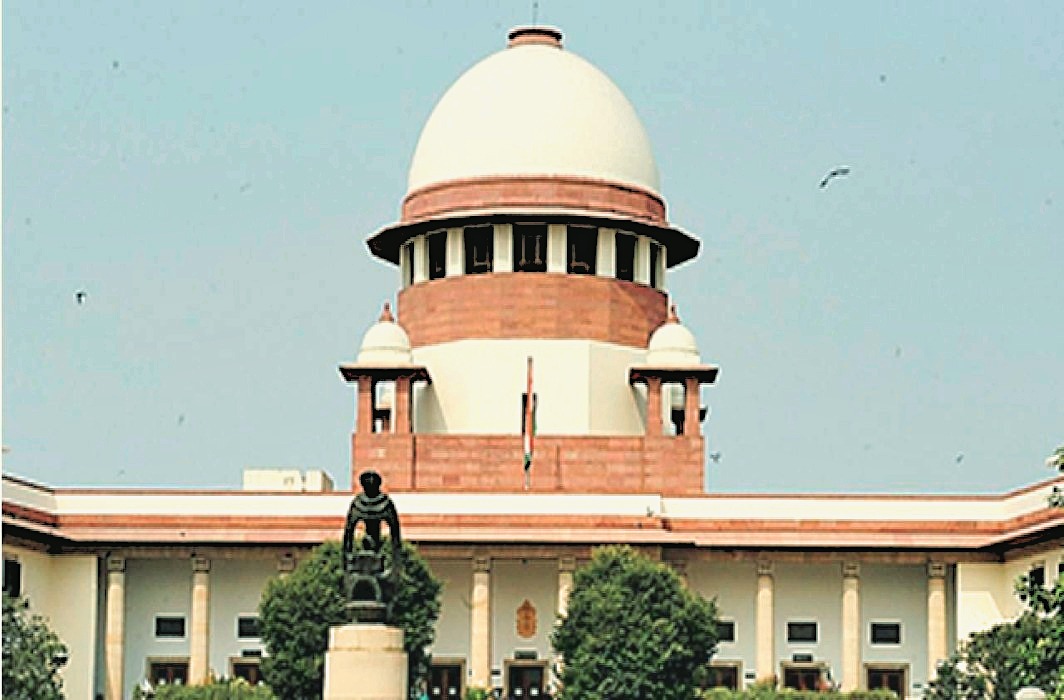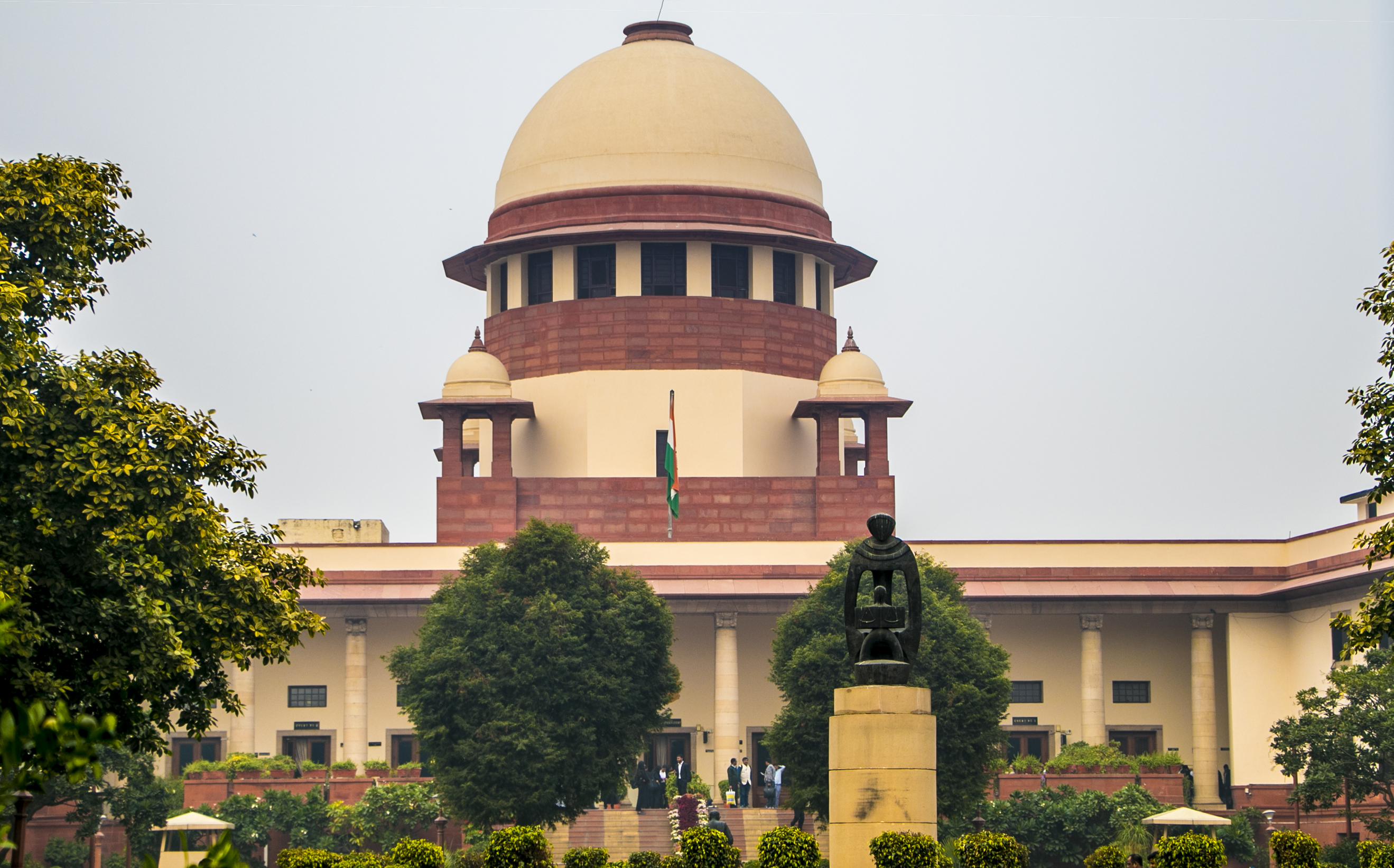In Special Leave Petition (Criminal) No. 863 of 2019-SC- Section 27 of Evidence Act is frequently used by police & is vulnerable to abuse; Courts must be vigilant about its application to ensure credibility of evidence: Top Court
Justices Sanjiv Khanna & S.V. N Bhatti [03-01-2024]

Read Order: PERUMAL RAJA @ PERUMAL v. STATE, REP. BY INSPECTOR OF POLICE
Tulip Kanth
New Delhi, January 5, 2023: The Supreme Court has upheld the conviction of a murder accused after noting that there had been recoveries of the motorcycle as well as other belongings of the deceased at the behest of the appellant. The presence of motive reinforced the conclusion reached by the Top Court.
The impugned judgment by the Madras High Court affirmed the conviction of the appellant – Perumal Raja @ Perumal for murder of Rajini @ Rajinikanth under Section 302 and Section 201 of the IPC.
The factual background of the case was such that on 20.04.2008, Rajaram, who was settled in France, returned to Puducherry as his son Rajini @ Rajinikanth, who was living in India, had gone missing. Rajaram had approached PS Odiansalai, Puducherry, and made an oral complaint stating that when he opened his house, he had found articles to be scattered all over the place. His motorcycle was missing. He requested the Police to make inquiries. Rajaram was murdered the next day. An FIR was registered under Sections 147, 148, 341 and 302 of the IPC read with Section 149 of the IPC.
Arumugam, father of Rajaram, had made a written complaint that his grandson Rajini @ Rajinikanth was missing. The complaint was registered for a ‘missing man’ and was taken up for investigation. The appellant – Perumal Raja @ Perumal, son of Krishnamurthy (husband of the sister of Rajaram), was detained and taken into custody. According to the investigation, the motive for the crime was inter se family property disputes and the appellant – Perumal Raja @ Perumal’s desire to acquire and become owner of the house in question.
The Division Bench, comprising of Justice Sanjiv Khanna & Justice S.V. N Bhatti, took note of the fact that the prosecution’s case, in the absence of eye witnesses, is based upon circumstantial evidence.It was made clear by the Bench that Section 27 of the Evidence Act does not lay down the principle that discovery of a fact is to be equated to the object produced or found. The discovery of a fact includes the object found, the place from which it was produced and the knowledge of the accused as to its existence. To this extent, therefore, factum of discovery combines both the physical object as well as the mental consciousness of the informant accused in relation thereto.
“Section 27 of the Evidence Act is frequently used by the police, and the courts must be vigilant about its application to ensure credibility of evidence, as the provision is vulnerable to abuse. However, this does not mean that in every case invocation of Section 27 of the Evidence Act must be seen with suspicion and is to be discarded as perfunctory and unworthy of credence”, the Bench said.
In this case, the disclosure statement was made by the appellant – Perumal Raja @ Perumal when he was detained in another case, relating to the murder of Rajaram. He was subsequently arrested in this case which was registered at PS Odiansalai, Puducherry. The expression custody under Section 27 of the Evidence Act does not mean formal custody. It includes any kind of restriction, restraint or even surveillance by the police. Even if the accused was not formally arrested at the time of giving information, the accused ought to be deemed, for all practical purposes, in the custody of the police, the Bench opined.
Reference was made to a recent decision of the Top Court in Rajesh & Anr. v. State of Madhya Pradesh 2023 SCC OnLine SC 1202, which held that formal accusation and formal police custody are essential pre-requisites under Section 27 of the Evidence Act.
“Thus, in our considered view the correct interpretation would be that as soon as an accused or suspected person comes into the hands of a police officer, he is no longer at liberty and is under a check, and is, therefore, in custody within the meaning of Sections 25 to 27 of the Evidence Act. It is for this reason that the expression custody has been held, as earlier observed, to include surveillance, restriction or restraint by the police”, the Bench stated while further adding that Section 106 comes into play when the prosecution is able to establish the facts by way of circumstantial evidence.
In the present case, the homicidal death of Rajini @ Rajinikanth, the disclosure statement marked Exhibit P-37, and the consequent recovery had been proved beyond doubt and debate. The appellant – Perumal Raja @ Perumal in his statement under Section 313 of the Code of Criminal Procedure, 1973 plainly denied all accusations without furnishing any explanation regarding his knowledge of the places from which the dead body was recovered. In this circumstance, the failure of the appellant – Perumal Raja @ Perumal to present evidence on his behalf or to offer any cogent explanation regarding the recovery of the dead body by virtue of his special knowledge must lead to a reasonable adverse inference, by application of the principle under Section 106 of the Evidence Act, thus forming an additional link in the chain of circumstances. The additional link further affirms the conclusion of guilt as indicated by the prosecution evidence, the Bench held.
The Top Court noted that it was only consequent to the disclosure statement by the appellant – Perumal Raja @ Perumal, that the police came to know that Rajini @ Rajinikanth had been murdered and his body was first dumped in the sump tank and after some months, it was retrieved, cut into two parts, put in sack bags, and thrown in the river/canal. The police, accordingly, proceeded on the leads and recovered the parts of the dead body from the sump tank and sack bags from the river/canal.
It had been also established that Rajini @ Rajinikanth was murdered. In addition, there had been recoveries of the motorcycle and other belongings at the behest of the appellant – Perumal Raja @ Perumal. These facts, in the absence of any other material to doubt them, establish indubitable conclusion that the appellant – Perumal Raja @ Perumal was guilty of having committed murder of Rajini @ Rajinikanth. The presence of motive reinforced the above conclusion.
The Bench concluded the matter by clarifying that Section 27 of the Evidence Act could not have been applied to the other co-accused for the simple reason that the provision pertains to information that distinctly relates to the discovery of a fact that was previously unknown, as opposed to fact already disclosed or known. Once information is given by an accused, the same information cannot be used, even if voluntarily made by a co-accused who is in custody.
“Section 27 of the Evidence Act does apply to joint disclosures, but this is not one such. This was precisely the reason given by the trial court to acquit the co-accused. Even if Section 8 of the Evidence Act is to apply, it would not have been possible to convict the co-accused. The trial court rightly held other co-accused not guilty. For the same reason, acquittal of co-accused Chella @ Mukundhan, who was earlier absconding, is also of no avail”, the Bench said while dismissing the appeal.
Sign up for our weekly newsletter to stay up to date on our product, events featured blog, special offer and all of the exciting things that take place here at Legitquest.




Add a Comment